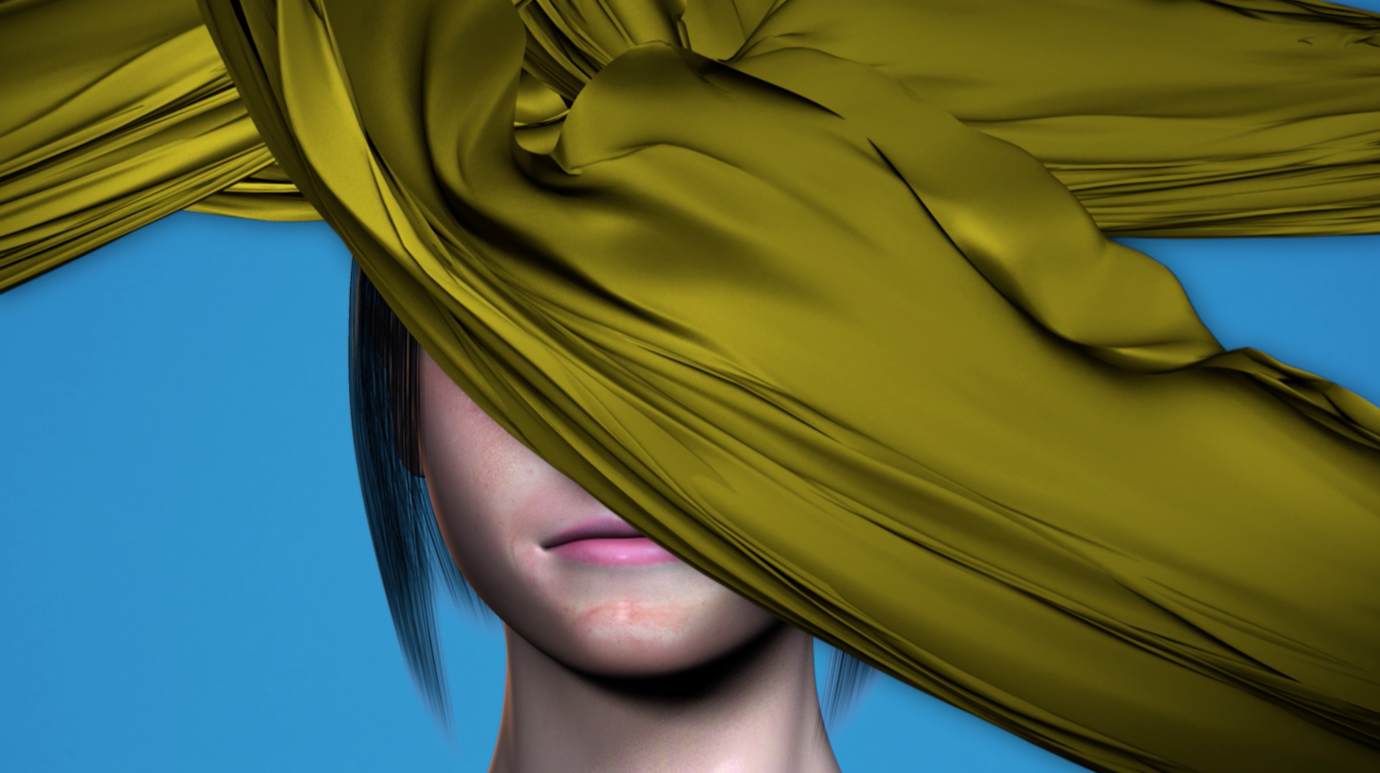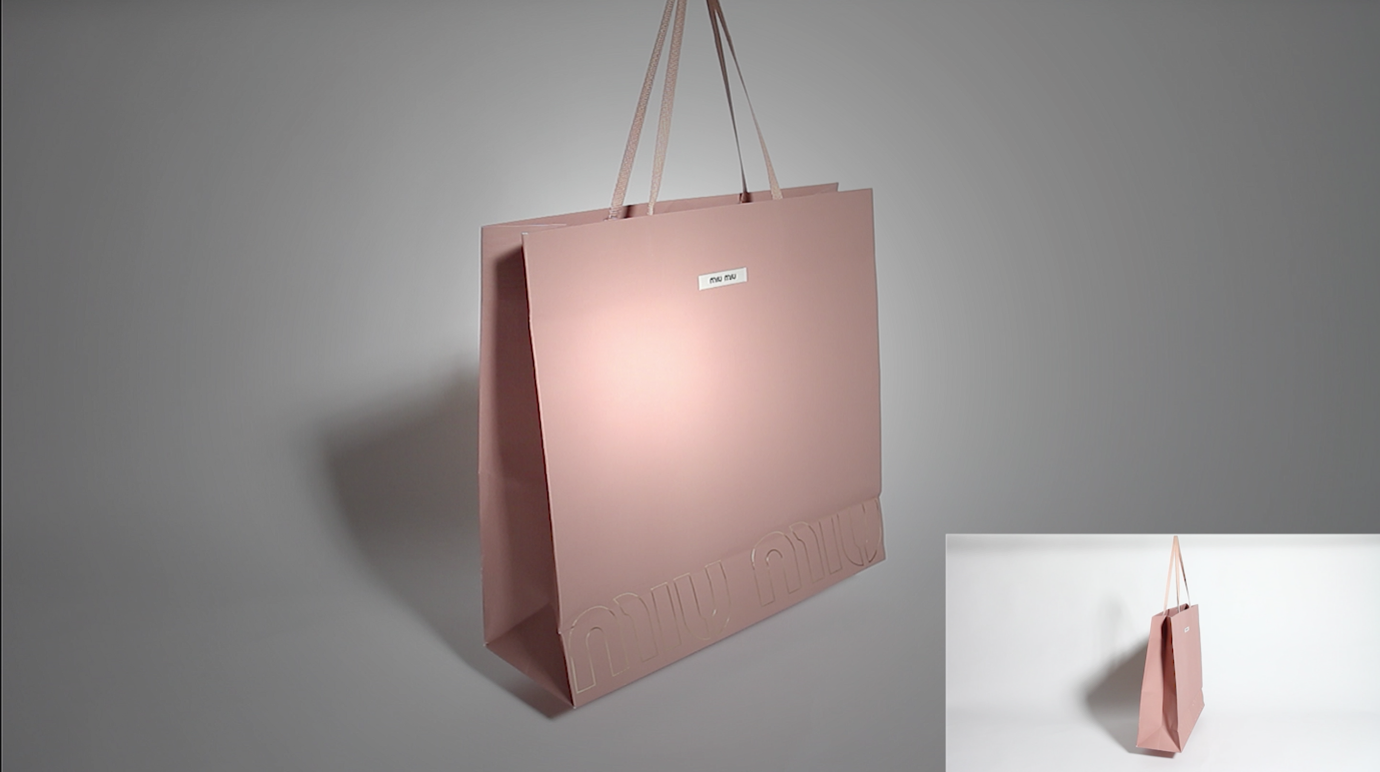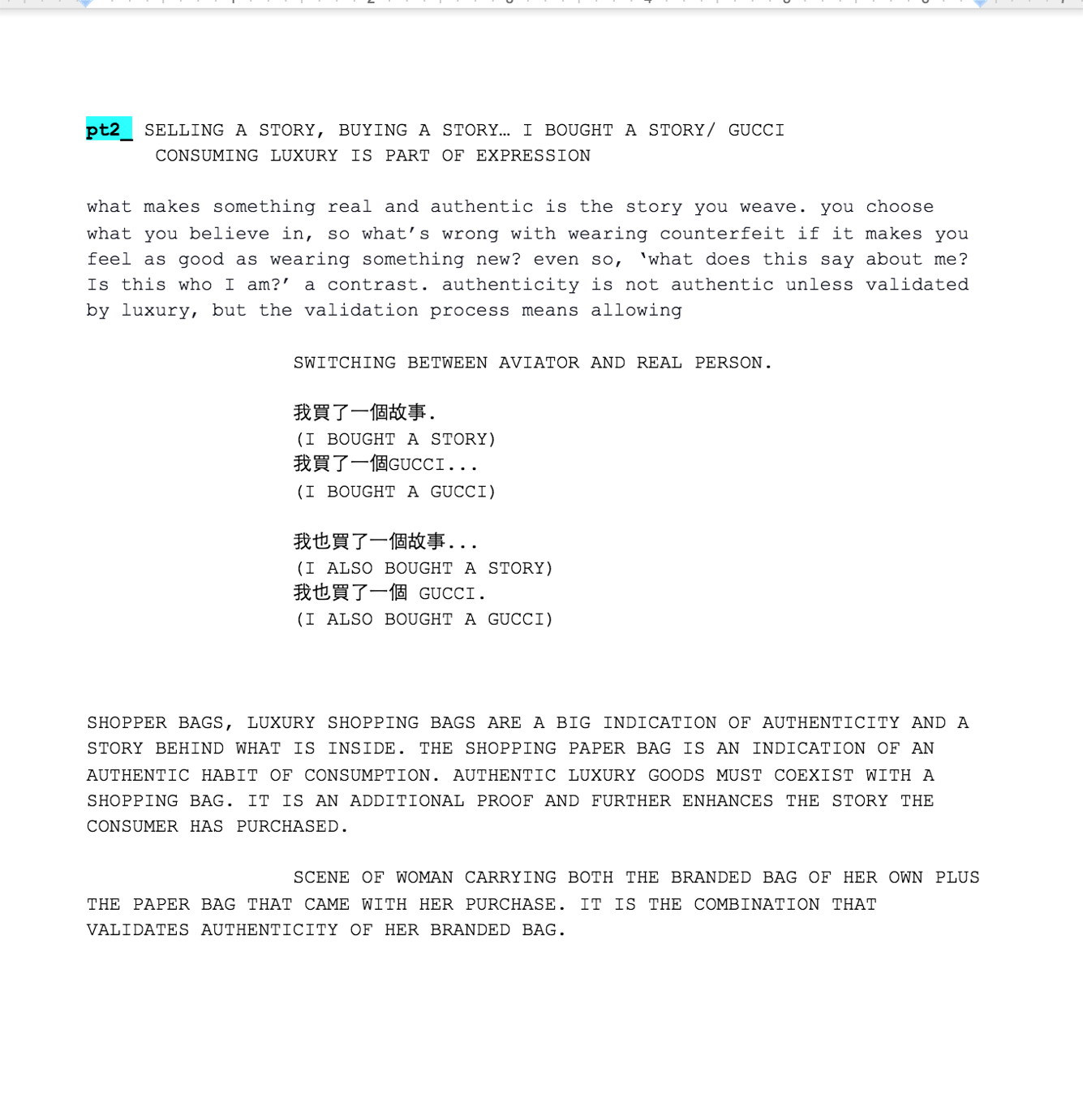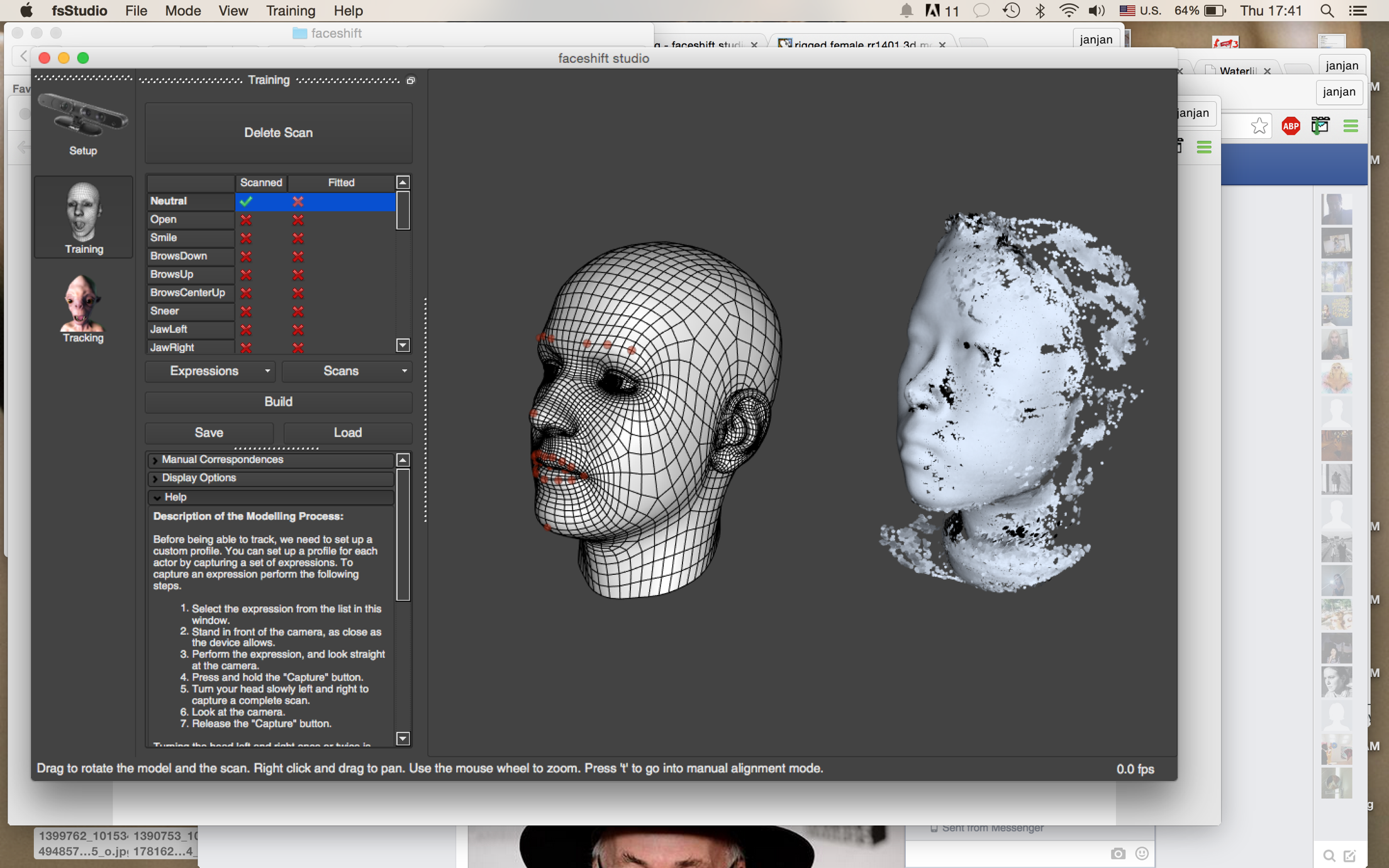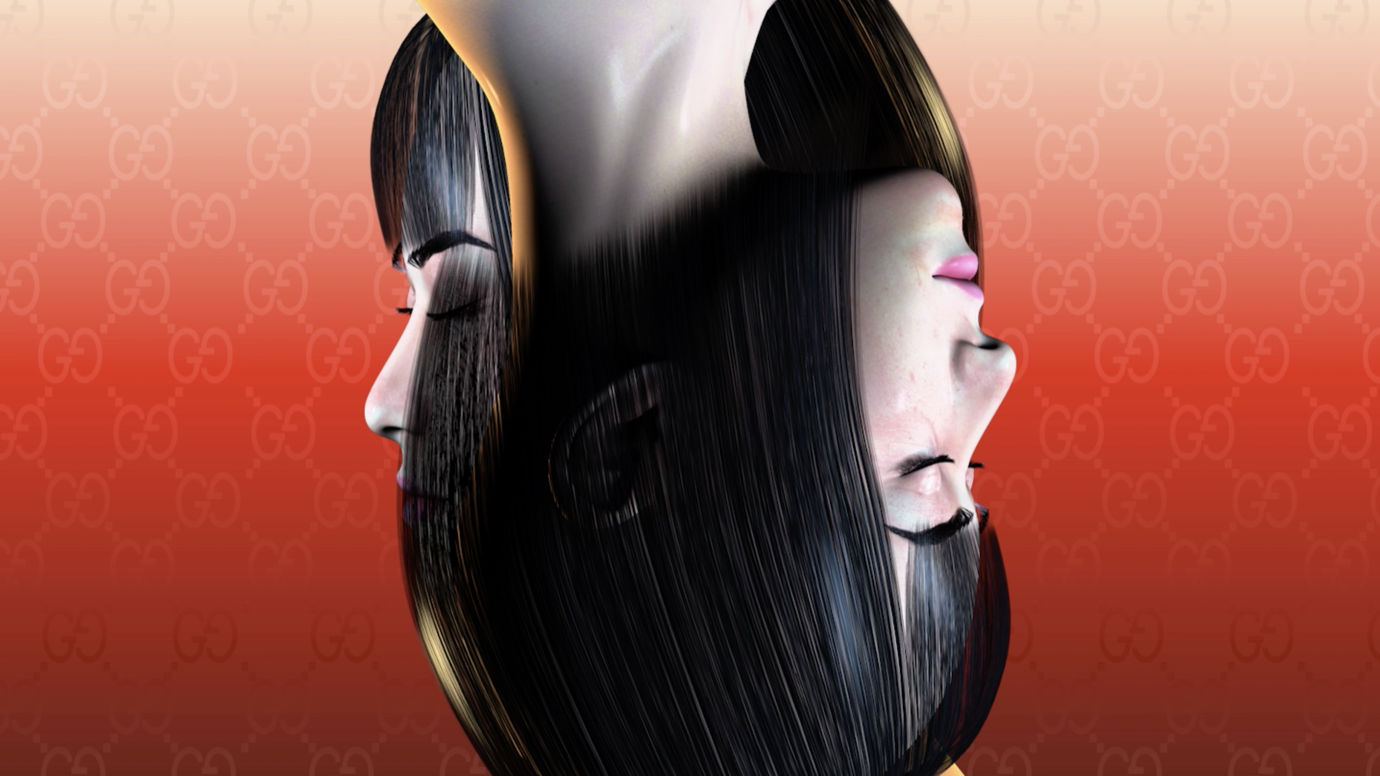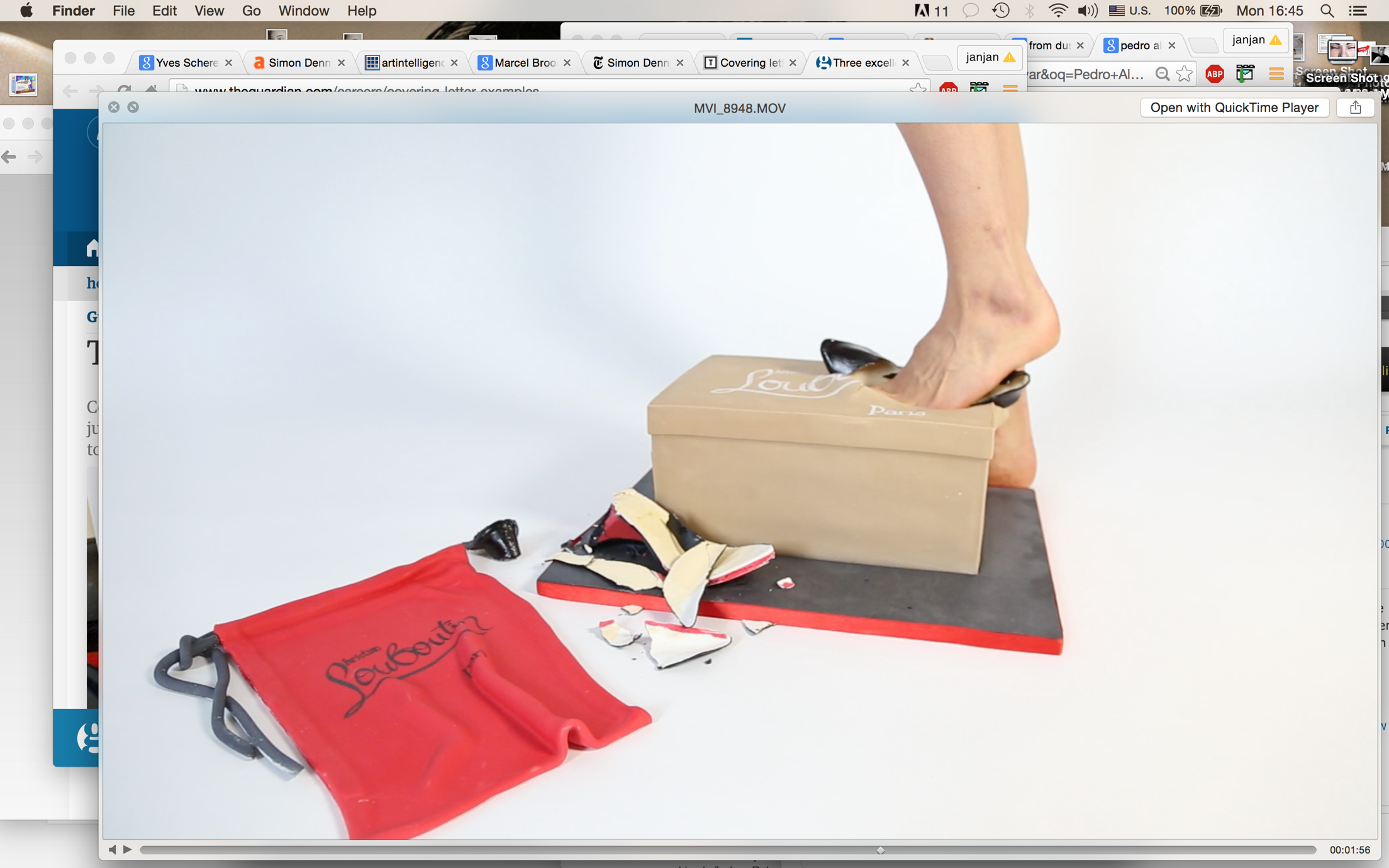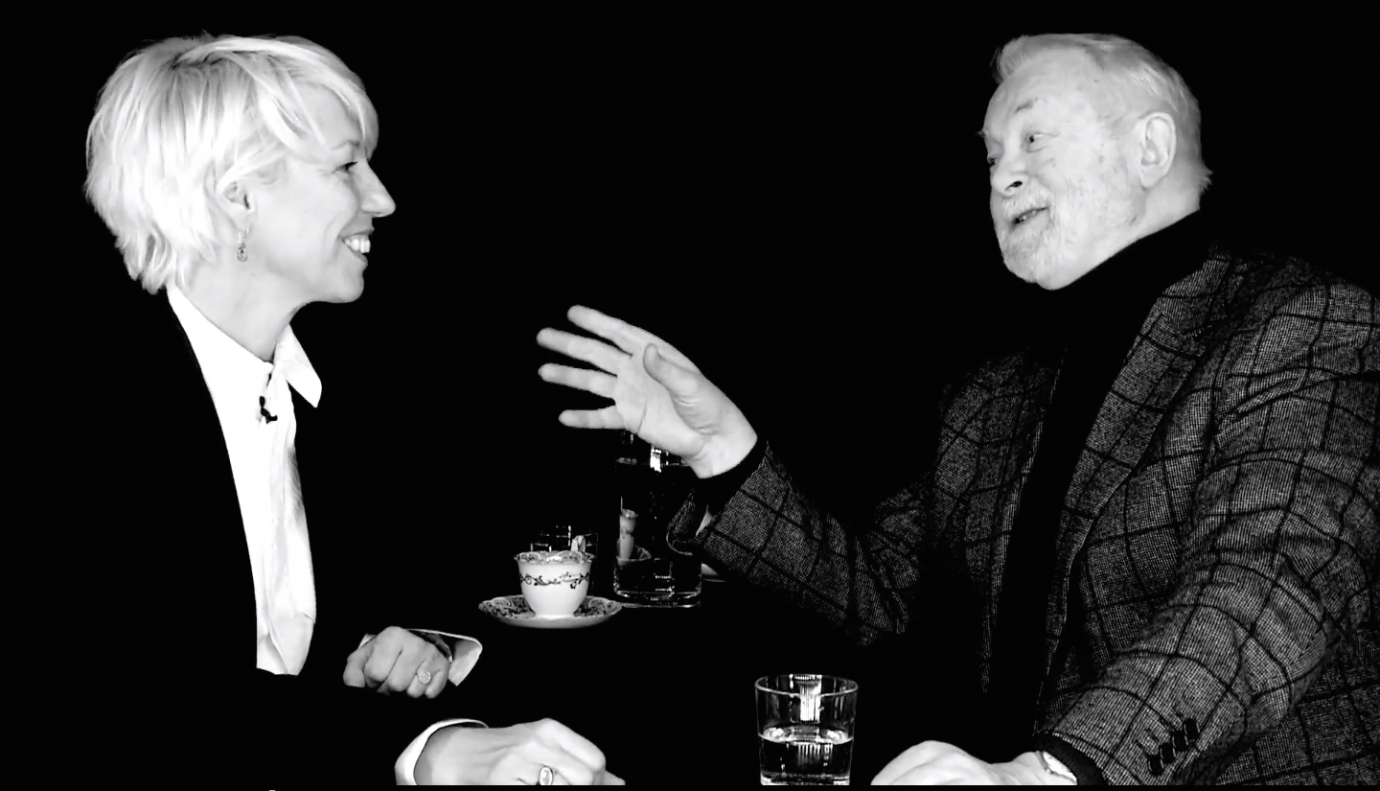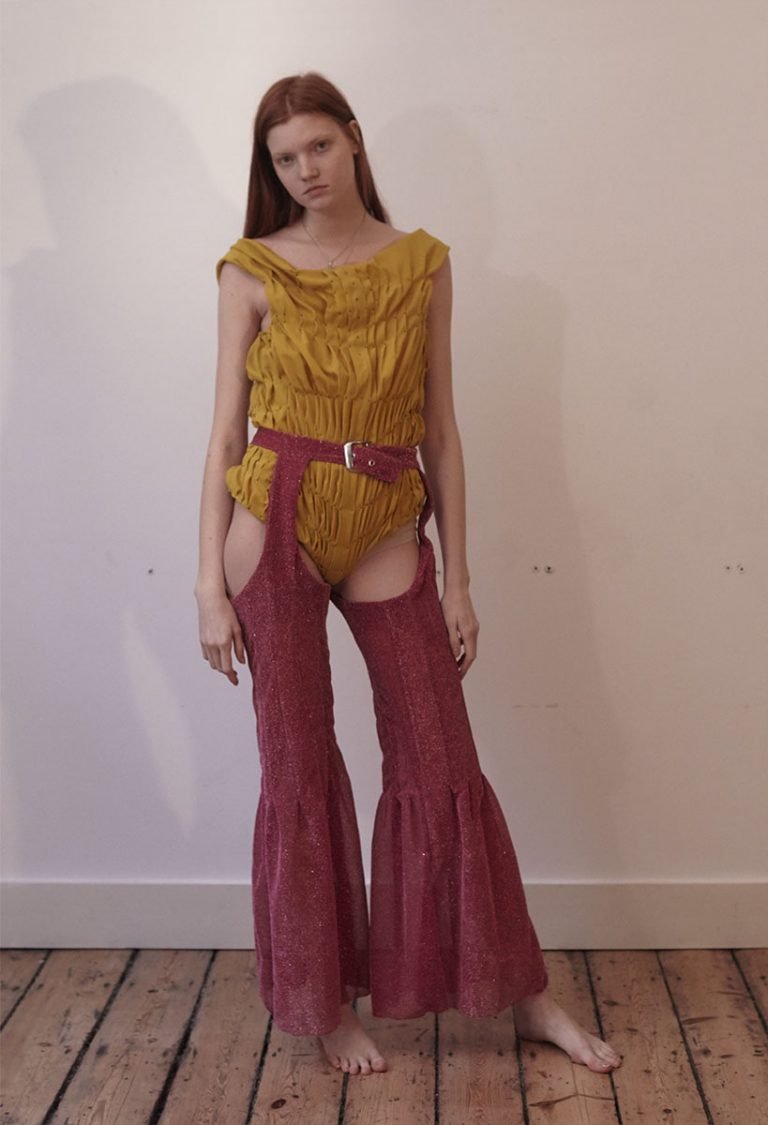Her graduate project, entitled Ruxury, is a result of these investigations in, particularly, Asian luxury consumer culture. She describes it as “a commentary on how you brand yourself as someone the society portrays as successful and authentic, through the misuse of authenticity and consumerism.” In it, we meet a young, computer-animated girl, life-like yet seemingly hollow as she chants “I bought a Gucci” and “I bought a story” throughout the piece. Her image is joined by familiar iconographies of the new luxury: Amex cards, iPhone 6s and Céline bags. It is a dark portrait of financially-driven desires and identity-construction, specific perhaps to Chinese culture, but easily widened to include Western consumerism. “Luxury is a state of mind,” Janice explains. “Ruxury is about making yourself appear as someone you may or may not be, through mastering consumerism. It’s an illusion, an imagination, but also a reality. If you can convince yourself, you can probably convince others. It’s all a cycle of deception.”
As with her course, Janice’s practice spans many mediums and ways of working, from textual research to computer-generated animation (CGI). “In the kind of time and age we live in, possibilities of mediums are practically unlimited,” she says. “I think a practice is based on things you are trying to experiment with and learn from, and expressing that medium to a certain idea you’re trying to convey.” The digital takes central stage with Janice: the protagonist of Ruxury and many of the other objects are 100% computer graphics, and appear typically glossy and perfect. While this compliments the overall message of her piece (the lavish, hyperreal aesthetic of abundant digital luxury), she welcomes the glitches that this kind of technology often carries with it: “Computer graphics are great: they are flawless, yet still full of flaws; they are up for you to interpret and imagine in any possible combination.I feel like sometimes people like to counteract with what technology has given us. I mean, there’s always going be to counteracts with anything we do. But for me, I think technology is great.”
“LUXURY IS A STATE OF MIND.”

